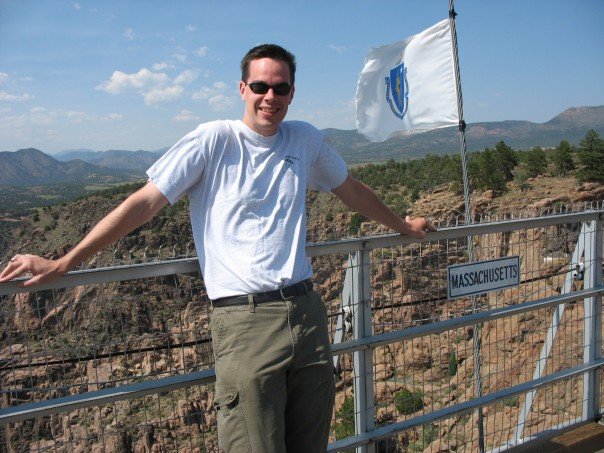Extrasolar Planets
Since the discovery of the first extrasolar planet in 1995, astronomers have catalogued nearly 300 worlds orbiting other stars. One of the most surprising findings in this ongoing quest is the existance of planets which challenge traditional models of planet formation. Notably, we have found a preponderance of Jupiter-mass worlds orbiting close to their host stars. One of the central questions arising from this research is: how did these planets end up there?
Additionally, radial velocity campaigns have uncovered the so-called "brown dwarf desert" wherein there exists a dearth of brown dwarfs in close orbits around main sequence stars. As with giant planets, we'd like to know if this due to the intrinsic nature of brown dwarf formation or if it is an evolutionary effect.
I work with Dr. Lisa Prato on her radial velocity survey of T Tauri stars in Taurus. We are searching for giant planets and brown dwarf companions in these young systems to help constrain the timescales for formation which would aid in distinguishing between competing formation hypotheses.
Instrumentation
I additionally work with Dr. Ted Dunham in the Lowell instrumentation lab. We are developing a new camera for the 42" Hall telescope on Anderson Mesa. I also will be taking part in the design and implementation of the guider camera for the new 4.2-m Discovery Channel Telescope being built near Happy Jack, AZ.
